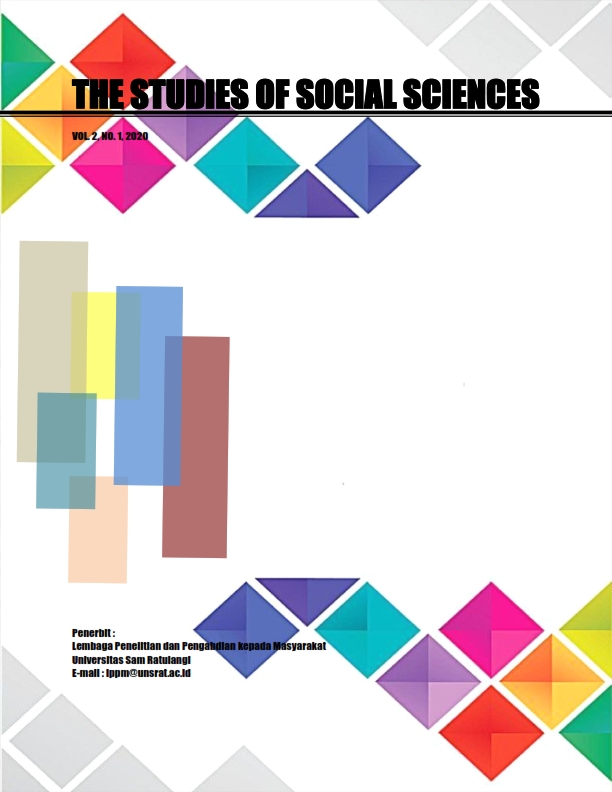On-yomi dan Kun-yomi pada Huruf Kanji
DOI:
https://doi.org/10.35801/tsss.2022.4.1.41566Abstract
There are three important things in studying Kanji letters in Japanese. These are the way of writing, the way of reading, and the meaning. Of these three things the way of reading Kanji is quite difficult to study due to the way of reading kanji is still subdivided into three parts: onyomi and kunyomi (the way of reading on and kun) The way of reading on is the way of reading kanji which is taken from Chinese . whereas the way of reading kun is a way of reading originated from the Japanese itself. Generally, the way of reading on is the way of reading two letters or more which are combined into one and the result of this combination is a new word with the new meaning. The way of reading kun is not like that of on., however, it’s only a kanji that can stand alone which has its own meaning without combination The important things that we should study in reading on and kun in kanji letters are to know clearly the difference of the meaning of the new vocabulary either from the combined kanji or the kanji which is stand alone. It also helps us in translating a new vocabulary that arises when we are translating a sentence in a reading passage. We can also understand clearly how to use Kanji dictionary and to know the new vocabulary that arises from each sentence that we are translating. To know when the kanji letters is red in on way and when to read it in kun way, the following are the things that we need to study.
References
Akiyasu Todo, 1972 “å¦ç¿’æ¼¢å—辞典â€. Shoogakukan, Tokyo
Chieko Kano, 1991 “Basic Kanji Bookâ€. Bonjinsha, Tokyo
Keraf Gorys, 1980, “Komposisiâ€. Nusa Indah, Jakarta
Ishida, 1973, “Kanji Jitenâ€. Bunkanjoo, Tokyo
Mura Ishi, tanpa tahun, “国語辞典â€. Kumon, Tokyo Japan
Moriyama Tae, M.A, “Petunjuk Praktis Memahami Tanda Berhuruf Kanjiâ€.
Patede Mansoer DR. “Analisis Kesalahanâ€. Nusa Indah, Bandung
Sibarani Robert, 1992, “Hakekat Bahasaâ€. P.T.Citra Aditya Bakti
Sawako, 1996, “ç¾ä»£å®Ÿç”¨è¾žå…¸â€. Kodansha, Tokyo
Satoshi Sako, M.A., 1995, â€éŸ³èªã¿ã¨è¨“èªã¿â€. Seminar Nasional dan Kongres II ASJI, Jakarta
Downloads
How to Cite
Issue
Section
License
Authors who publish with this journal agree to the following terms:
- Authors retain copyright and grant the journal right of first publication with the work simultaneously licensed under a Creative Commons Attribution License (CC BY-SA 4.0) that allows others to share the work with an acknowledgement of the work's authorship and initial publication in this journal.
- Authors are able to enter into separate, additional contractual arrangements for the non-exclusive distribution of the journal's published version of the work (e.g., post it to an institutional repository or publish it in a book), with an acknowledgement of its initial publication in this journal.
- Manuscripts published in print and electronically are open access for the purposes of education, research, and libraries. Apart from these purposes, the editorial board is not responsible for violations of copyright law.


